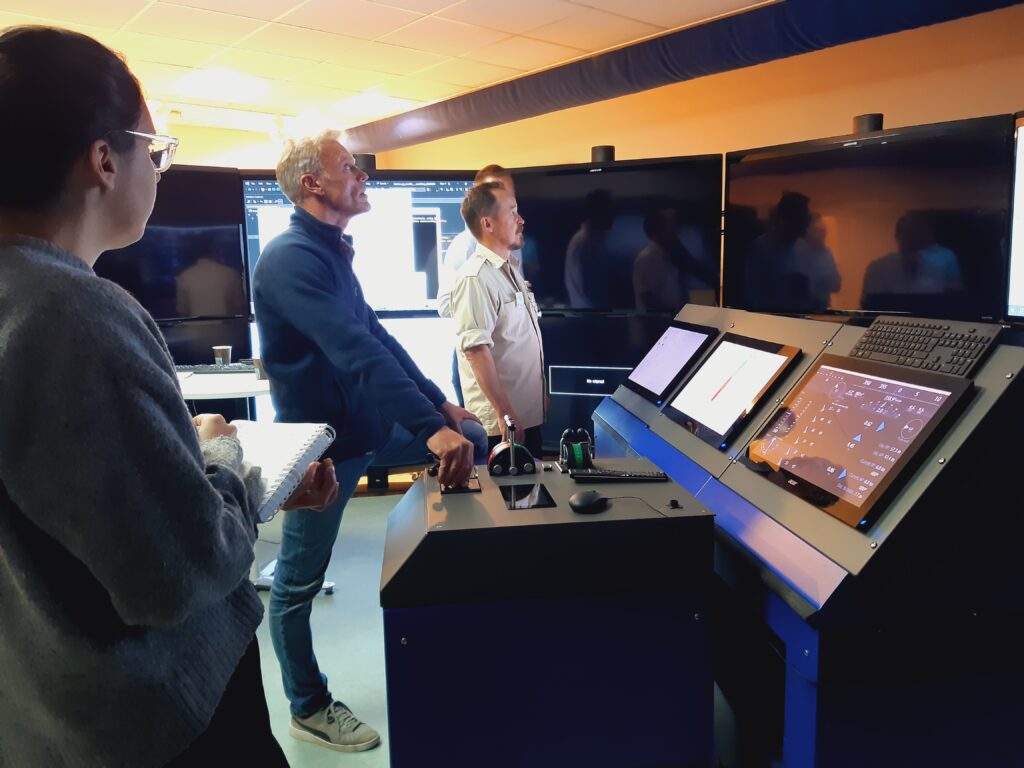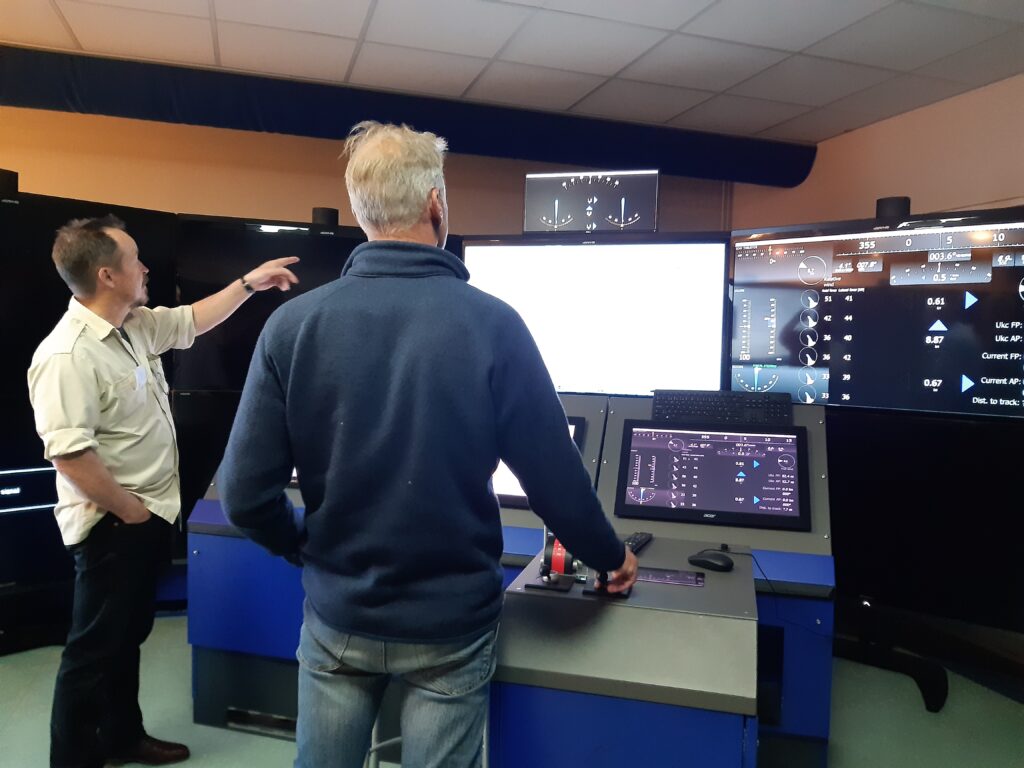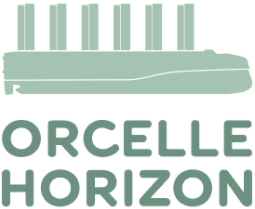Sweden – Using large wing sails on commercial ships is an effective technical alternative to reduce CO2 emissions from shipping. The design of wind-powered ships requires new solutions at various levels, not only technical. How the crew will experience and operate this new technology is a vital factor for success and for maintaining performance and safety. This requires the design of the wing sails control system, the crew training and the operational procedures and protocols to be designed carefully and in cooperation with the crew. What are the information needs of the crew when using wing sails? What is the distribution of automated vs. manual functions? How is workload and teamwork affected? How is the new system integrated with existing navigation and maneuvering systems?
These are some of the questions that the consortium is investigating in the full-mission ship bridge simulator at RISE, SSPA Maritime Centre, Sweden, together with ship captains.

With Motivation and Skills in Mind
The primary goal of this work is to ensure that systems and processes are designed to answer the needs of the crew members when operating wing sails. The study utilizes a variety of methods to cover all aspects of operating a vessel with wind propulsion units (WPUs).
Advanced simulations are used to replicate real-life scenarios, allowing crew members to test the wind propulsion system and the ship’s behavior and response to various conditions and scenarios.
The results from this Human Machine Interface (HMI) work can also lead to training requirements and recommendations to facilitate comprehensive crew education and prepare the crew for wind-based navigation and maneuvering.
This June, a new HMI workshop was held in the full-mission ship bridge simulator at project partners RISE, SSPA Maritime Centre, Sweden, with the participation of ship captains from Wallenius Marine. Besides the aforementioned goals, the workshop aimed to gather input on the design of the user interface. Questions included: What new information should be displayed on the screens, and what new controls should be added to the control panels?

Several sessions will be held during the project to derive a safe and crew-friendly system and appropriate work procedures and training for the crew. These initiatives are a crucial component of our project, ensuring that our systems and crew are prepared for operations with wind propulsion technology on the one-wing retrofit vessel Tirranna and the multi-wing Orcelle Wind. This thorough preparation is essential for successfully implementing and optimizing this innovative technology, driving us closer to a sustainable future.
